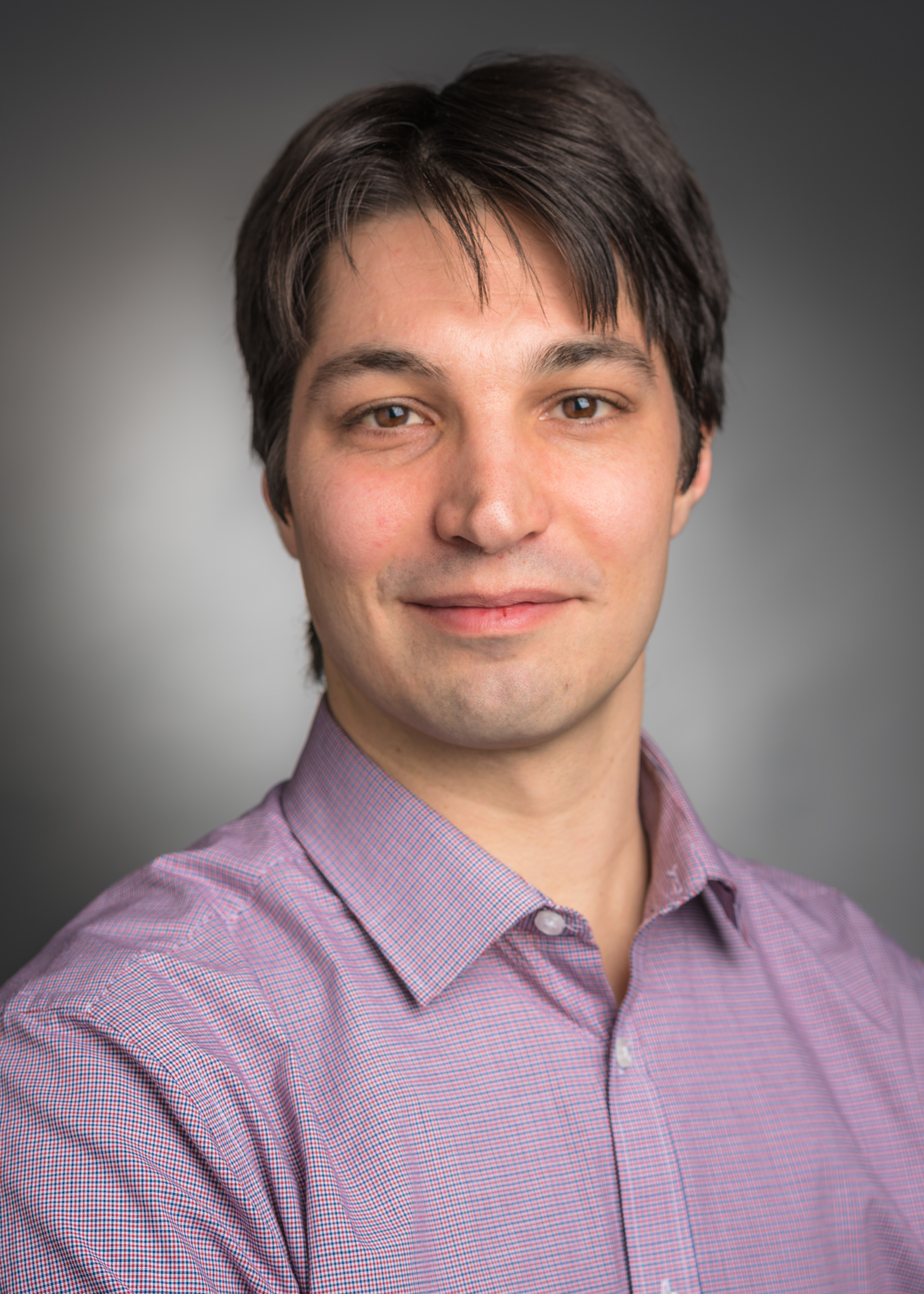Events Calendar
We developed a novel platform of self-powered x-ray sensors based on high-energy electron currents in multi-layer thin-film geometry.
A periodic structure of N elemental modules consisting of (high-Z electrode/nano-porous aerogel/low-Z electrode) layers was investigated both experimentally and using radiation transport simulations with nanometer-to-micrometer spatial resolution.
The detector can be manufactured in thin films (sub-mm, few mm), it is printable on flexible surface and manufactured in large area, it is semi-transparent to radiation (absorbs few % of the incoming x-ray), it is self-powered and can be fabricated in multi-layer and or arrays, it is rugged and disposable and can withstands high dose rates without saturation.
We envision its implementation for real-time monitoring of radiation dose/flux in radiotherapy, interventional radiology as well as in areas of homeland security.

Short Bio:
Davide Brivio is a medical physics resident at the Harvard Medical Physics Residency Program.
He completed his PhD in physics at the university of Milan (Italy) in the field of experimental quantum optics, studying the exciting physical phenomena of quantum entanglement. After an experience working for a semiconductor company in developing a new micro-scale technology, he joined the medical physics division at the Brigham and Women’s Hospital/Dana Farber Cancer Institute and Harvard Medical School for a post-doctoral fellowship prior to start the residency.
His research focuses in the application of nanotechnology to radiation therapy in particular in two main directions: 1) the development of a novel nano/micro-structured x-ray detectors for diagnostic radiology and radiation therapy as well as national security applications; 2) the use of high-Z nanoparticles in combination with radiotherapy for dose enhancement to tumor and protection to normal tissues. He is developing a novel imaging technique for visualization of nanoparticle distributions in the body.
